Caracol is a large ancient Maya archaeological site, located in what is now the Cayo District of Belize. It is situated approximately 40 kilometres (25 mi) south of Xunantunich, and the town of San Ignacio, and 15 km (9.3 mi) from the Macal River. It rests on the Vaca Plateau, at an elevation of 500 m (1,600 ft) above sea-level, in the foothills of the Maya Mountains. Long thought to be a tertiary center, it is now known that the site was one of the most important regional political centers of the Maya Lowlands during the Classic Period. Caracol covered approximately 200 square kilometres (77 sq mi), covering an area much larger than present-day Belize City, the largest metropolitan area in the country, and supported more than twice the modern city's population.
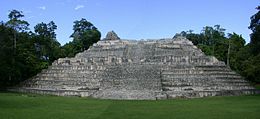 Caana
CaanaThe Caracol area was occupied as early as 1200 BC, yet occupation in the epicentral area was no earlier than 650 BC and lasted no later than AD 950.[1] Caracol boasts 53 carved stone monuments (25 stelae and 28 altars), and more than 250 burials and 200 caches.[1]
By the Early Classic, between AD 250 and 550, Caracol was tied into extensive trade networks and pan-lowland ideological systems,[1] leading to a unified regional economy [2] The Caracol was officially founded in AD 331 (8.14.13.10.4) by Te’ K’ab Chaak. Special Deposit C117F-1, a Teotihuacan style cremation of three individuals dates precisely to this period, indicating early influences from northern Mexico [3]
Wars with TikalCaracol was at first a client state of the more powerful city of Tikal, 76 km (47 mi) to the northwest. Tikal's influence weakened during the mid-sixth century; losing control of Naranjo, located halfway between the two cities, 42 km (26 mi) from each site,[4] to rival Calakmul. In AD 531, Lord K'an I, acceded to the throne.[5][6] Lord Water, (Yajaw Te' K'inich II) acceded to power in AD 553, under the auspices of Tikal's Lord Double Bird (Wak Chan K'awiil).[5] In AD 556, Tikal enacted a ch’ak (axe) war and defeated Caracol. This caused Lord Water to enact the first known star war in 562 (9.6.8.4.2), and defeated Tikal's Lord Wak Chan K’awiil (Double Bird).[5][1][4] These poorly understood conflicts are usually associated with long hiatuses and the fall of dynasties. The name comes from the glyph, which shows a star (presumably Venus) pouring liquid on the earth.[5] This particular star-war was the cause of the archaeologically and epigraphically demonstrated Tikal mid-Classic hiatus, which saw a decline in Tikal's population, a cessation of monument erection, and the destruction of certain monuments in the Great Plaza.[4] This 120-year-long hiatus at Tikal occurred as Caracol's population and monumental construction increased, becoming more prosperous and cohesive. Tikal took on cultural characteristics of Caracol during this time as,[7] even with the renewed erection of monuments at Tikal, their style mimicked that of Caracol.
Yajaw Te’ K’inich II passed on his throne to the eldest of his two sons, Knot Ajaw, in AD 599; his younger brother, K’an II, succeeded him in AD 618. K'an II performed a ritual of alliance in Calakmul's territory the following January (9.9.5.13.8).[8] K’an II is described as the most successful Caracol ruler, reigning for 40 years from AD 618 to 658, he expanded the causeway system and saw an increase in the site's population.[5]
In AD 627 (9.9.14.3.5), Lord K’an II attacked Caracol's sometime ally Naranjo, in a hubi (destruction) war. He attacked again in 628, and sacrificed its king. He then led a star war against Naranjo, in AD 631 (9.9.18.16.3). He did it a fourth time in 636. In AD 637, he celebrated his first reigning k’atun by dedicating the Hieroglyphic Stairway at Naranjo itself.[8]
ProsperityBeginning in AD 636, there was a building boom at Caracol at the conclusion of the Tikal-Naranjo wars.[4] Entering the Late Classic period, the site still demonstrated widespread cohesion. During this time Caracol also had a unique burial pattern, focusing on multiple burials in special chambers.[9] This pattern is seen spreading out through the Peten region, likely controlled by Caracol, although this spread is independent of other material cultural indicators, like caching practices. K’an II commissioned more monuments than any other ruler, and ushered in the "golden age" of Caracol.[6]
Twenty nine days before his death, K’an II "witnessed" the accession of his successor, K’ahk’ Ujol K’inich II, on 9.11.5.14.0 – AD 658.[5] During K’ahk’ Ujol K’inich II's reign, Caracol was defeated in a star war by Naranjo, whose only monuments appear at La Rejolla.[5]
Lasting from AD 702 (Stela 21) to 798 (Ballcourt Marker 3), this period lacks any hieroglyphic texts. Archaeologically, this period is correlated with an increase in site-wide prosperity. After the AD 798 date, the site core is still prosperous, yet shows less cohesion between the centre and outlying areas.[10]
Warfare associated with K’inich Joy K'awil, on Stela 11 (erected AD 800), indicates the capture of eight captives. In 800 CE, K’inich Joy K'awiil captured the lord of Ucanal. Caana was also refinished during this period.
K’inich Toobil Yopaat's accession date is not certain (c. AD 804), but he erected five or six monuments, and seems to have repaired relations with Ucanal.[5] In AD 820, he enacted an axe war against Tikal.
CollapseEvidence suggests that Caracol weathered the initial part of the Maya collapse.[7] Through symbolic egalitarianism, it seems that the majority of the Late Classic population had access to "elite" material goods. However, the transition to the Terminal Classic sees a shift away from symbolic egalitarianism, when the elite developed their own ceramic traditions and had access to goods no longer available to the populace.[11]
The last recorded date at Caracol is AD 859 – 10.1.10.0.0, on Stele 10. Caana's abandonment dates to approximately AD 900;[4] several other structures have occupation that dates to the Terminal Classic period. Structure A6 was abandoned in AD 1050, and marks the final abandonment of the site.


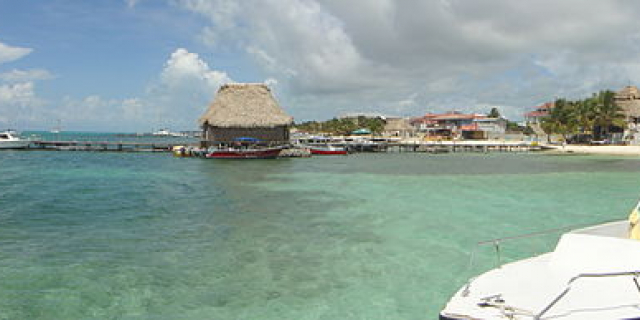
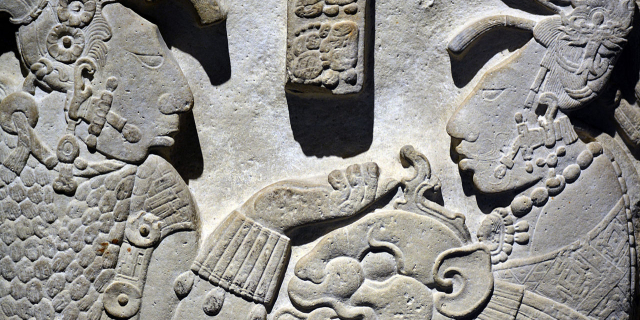
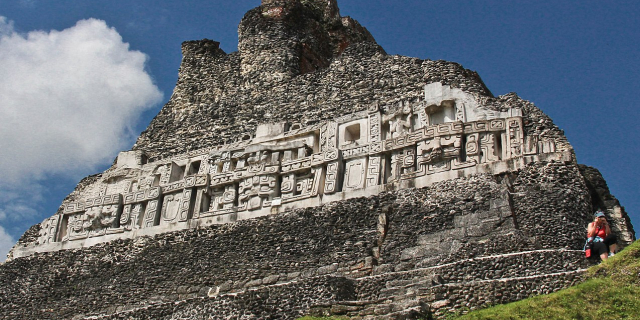


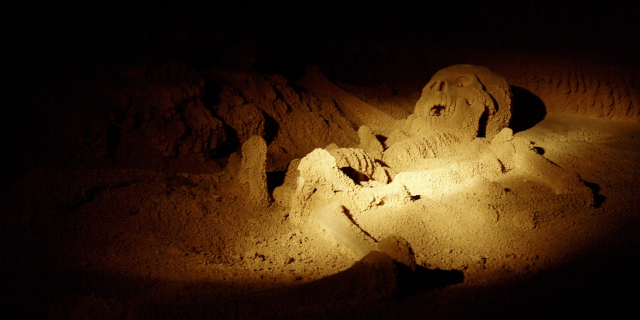




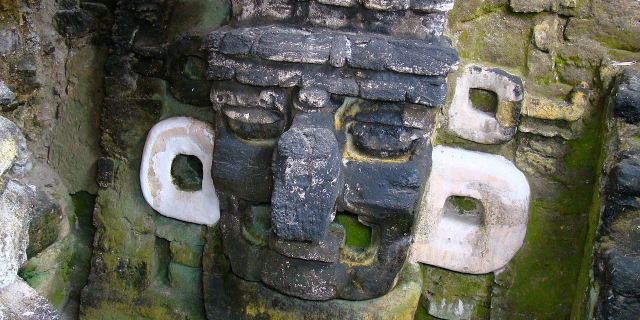
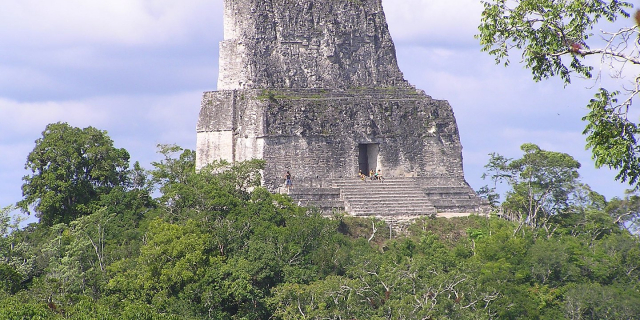
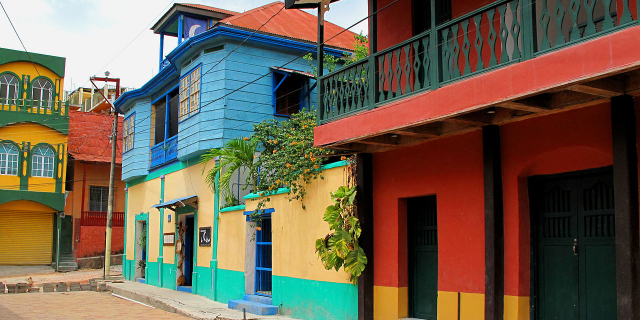



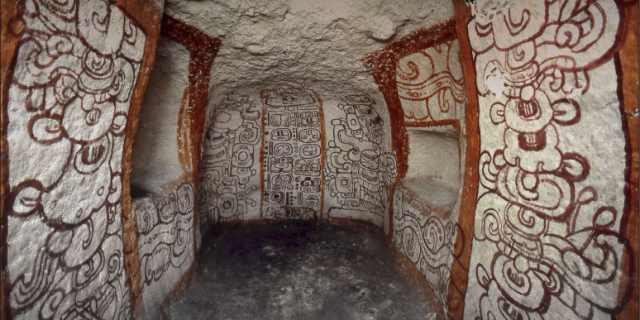


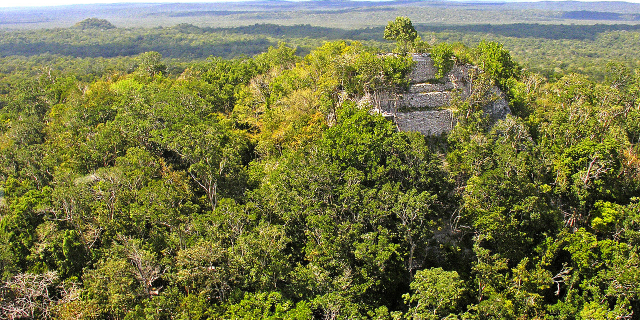


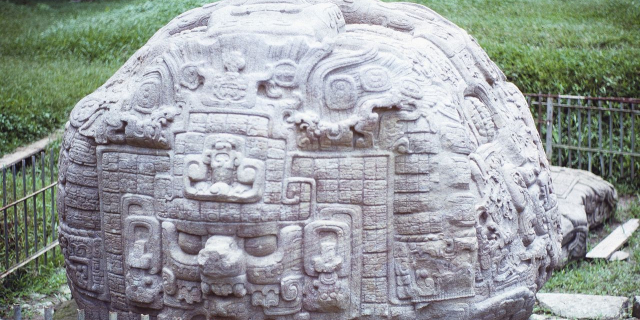
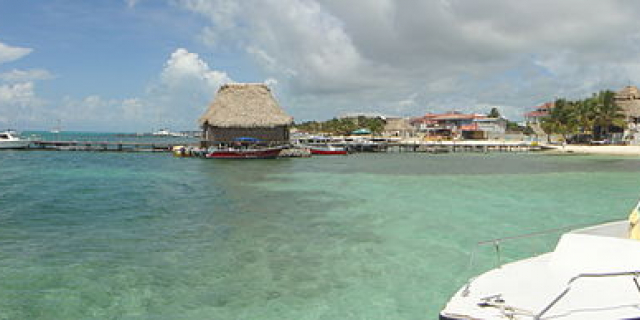
Add new comment